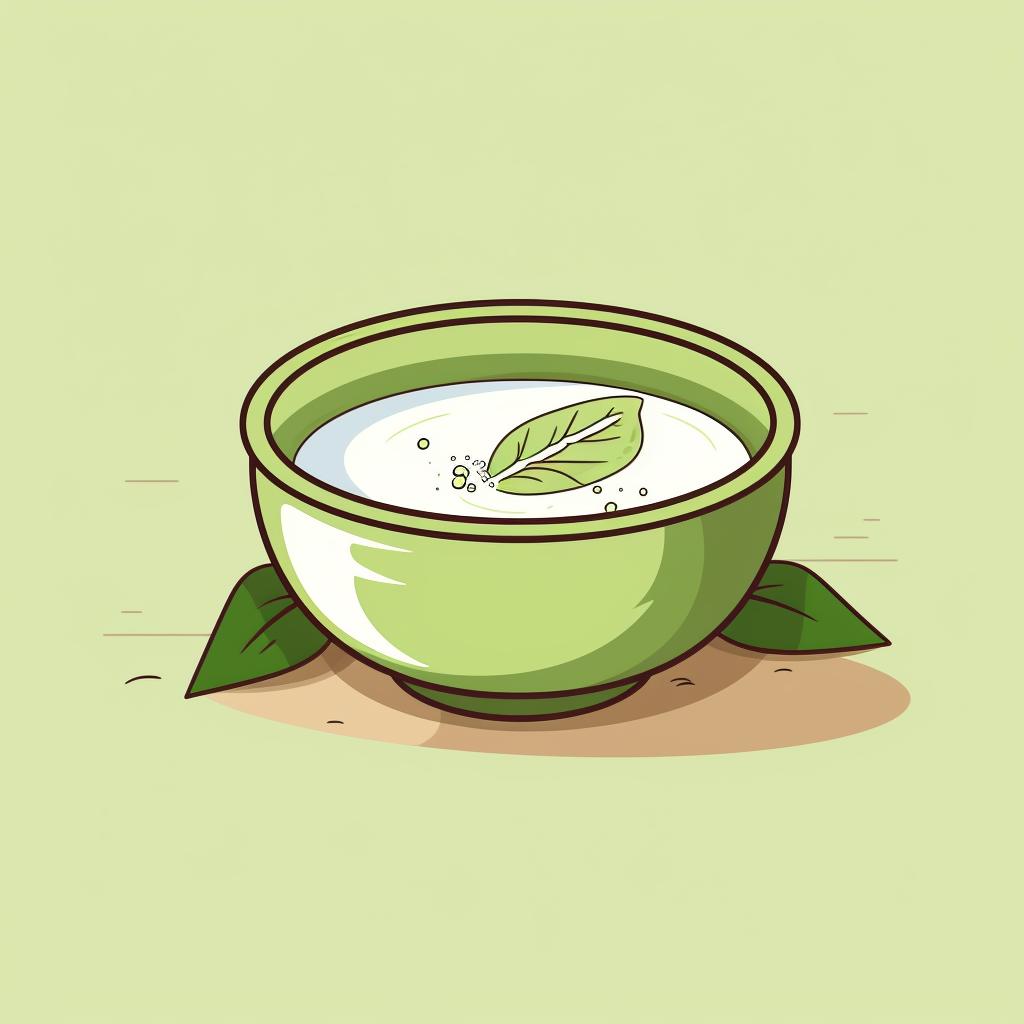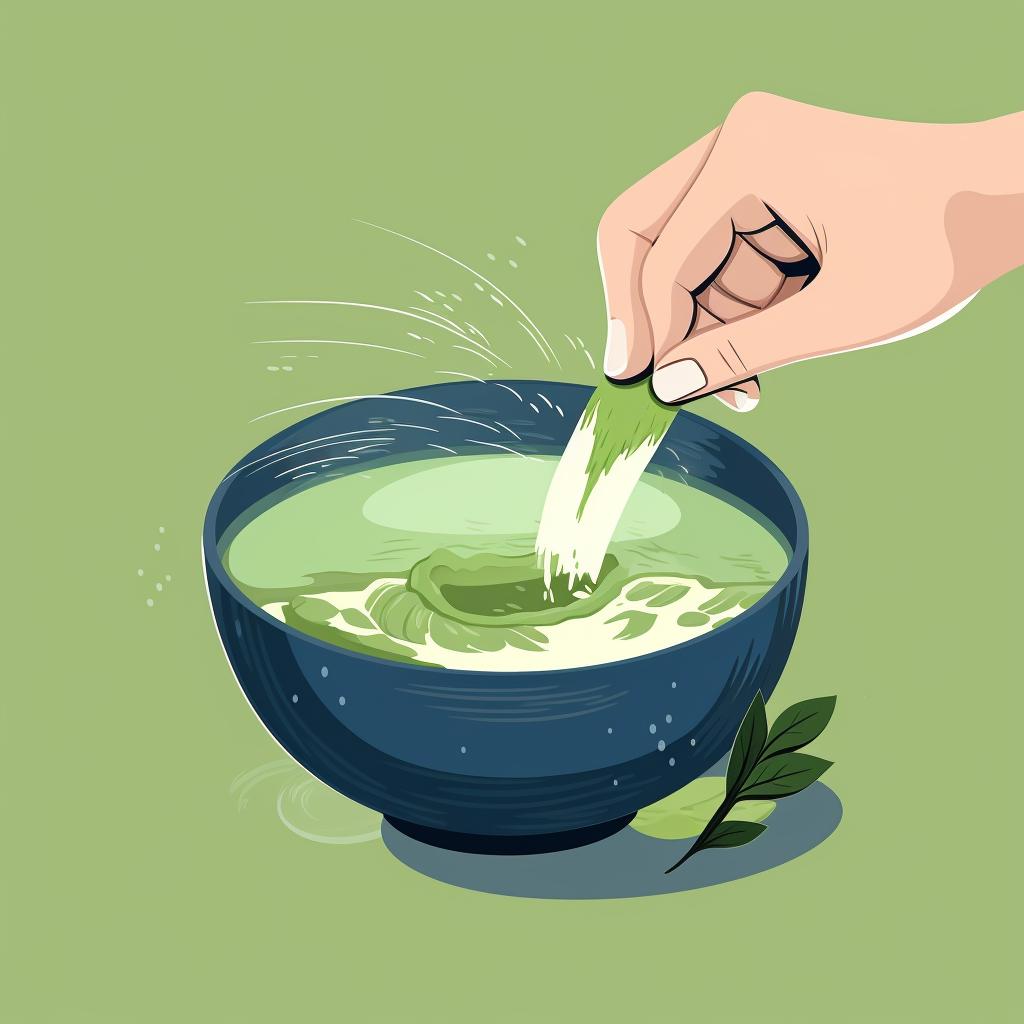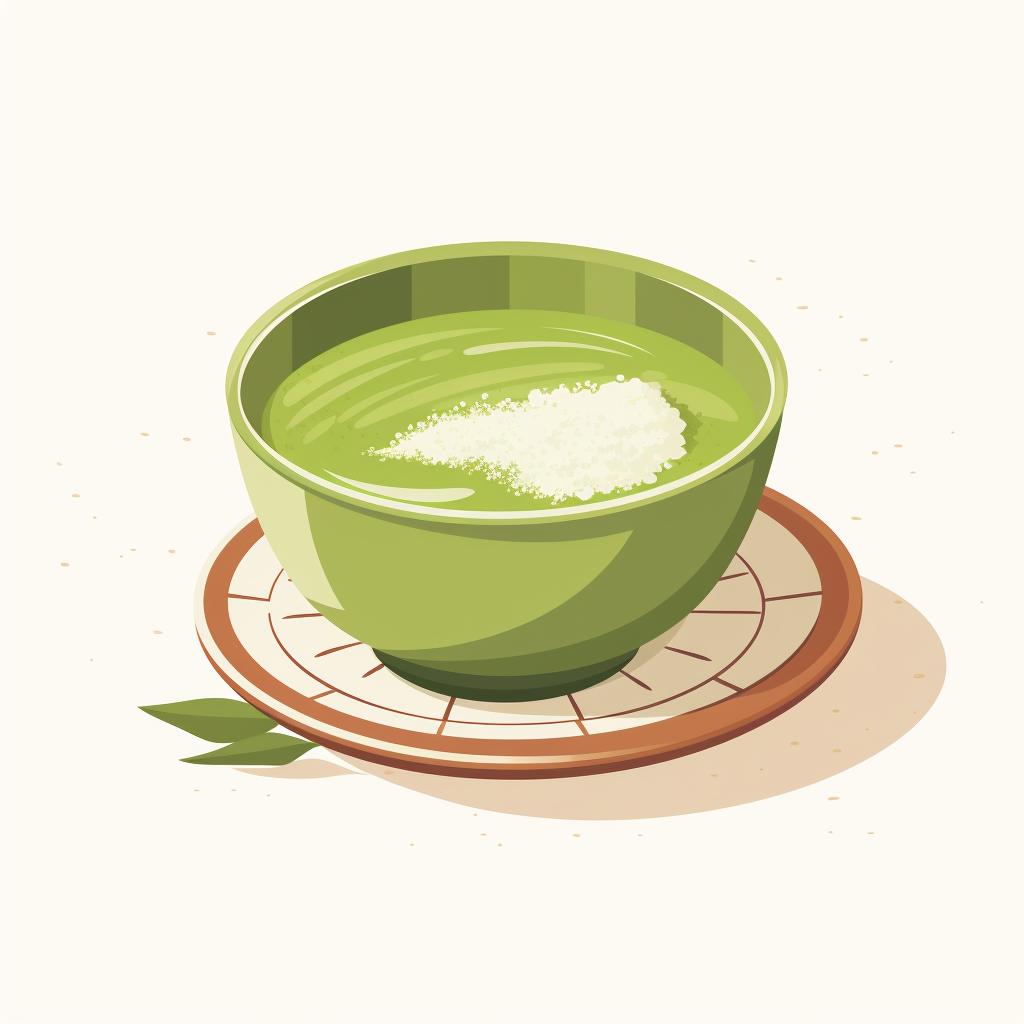Thomas Moore is a health-focused enthusiast hailing from London, England. His exploration into the health benefits of matcha transformed his lifestyle and he has embraced it ever since. Thomas loves to experiment with unique matcha-infused recipes, sharing these exciting culinary creations with his audience. His mantra is that a daily serving of matcha ensures a day without a doctor visit.
Unlocking the full flavor and health benefits of Japanese green tea or matcha at home is an art that combines tradition, technique, and quality ingredients. Here's a step-by-step guide to help you brew the perfect cup of matcha.
Before we delve into the basics of brewing matcha, let's take a moment to understand the process in a bit more detail. The brewing process is as important as the quality of matcha you choose.
Now that you've mastered the art of brewing matcha, let's move on to understanding the basics of choosing the right matcha for the best flavor.
The Basics of Brewing Matcha
Firstly, you need to start with high-quality matcha. The best matcha for flavor is usually a bright, vibrant green and has a fresh, grassy aroma. It should feel fine and silky to the touch. Avoid any matcha that looks dull or has a coarse texture.
Matcha Brewing Techniques
Once you have your matcha, the next step is to sift it to remove any clumps. This ensures a smooth, lump-free brew. Then, add hot water - not boiling, but around 80°C. Traditional Japanese tea ceremonies often involve the use of a chasen, a bamboo whisk, to mix the matcha and water. This technique helps to aerate the tea, bringing out its full flavor and creating a lovely frothy texture.
Remember, the key to unlocking the health benefits from matcha green tea is to drink it regularly. Incorporating matcha into your daily routine can help to boost your metabolism, enhance your mood, and provide a steady, long-lasting energy boost.
Firstly, you need to start with high-quality matcha. The best matcha for flavor is usually
Difference Between Japanese Green Tea and Matcha
While both Japanese green tea and matcha come from the same plant, Camellia sinensis, the processing methods and how you consume them differ. Matcha is made from ground tea leaves, meaning you ingest the entire leaf and therefore more nutrients. Japanese green tea, on the other hand, is steeped and the leaves are discarded. Discover more about the differences in this article.
Homemade Matcha Drinks
Once you've mastered the basic brewing process, you can start experimenting with different matcha recipes. A matcha latte is a popular choice, and it's easy to make one at home. You can also try adding matcha to smoothies, desserts, and even savory dishes. Get creative and share your homemade matcha drinks with your friends!
Learn more about 🍵 Simple and Delicious Matcha Latte Recipe 🍵 or discover other Matcha Lattes recipes.
Remember, the key to a great matcha experience is the quality of the tea and the care you put into preparing it. So take your time, enjoy the process, and savor the unique taste and health benefits of your homemade matcha.
What's Your Favorite Way to Enjoy Matcha?
We all have our own unique way of enjoying matcha. How do you like yours?










 1 teaspoon matcha powder
1 teaspoon matcha powder 1 cup of milk (any variety)
1 cup of milk (any variety) 1-2 teaspoons of honey or sweetener of choice
1-2 teaspoons of honey or sweetener of choice Hot water
Hot water Matcha whisk
Matcha whisk













![Ito En Oi Ocha Japanese Green Tea, Macha blend, pack of 100 [Japan Import]](https://m.media-amazon.com/images/I/81GDPUeNu8L._AC_SX444_SY639_QL65_.jpg)







![KENKO - Ceremonial Grade Matcha Green Tea Powder - 1st Harvest - Special Drinking Blend for Top Flavor - Best Tasting Premium Matcha Tea Powder - Japanese -30g [1oz]](https://m.media-amazon.com/images/I/81wFYMsgbCL._AC_SX444_SY639_QL65_.jpg)


















